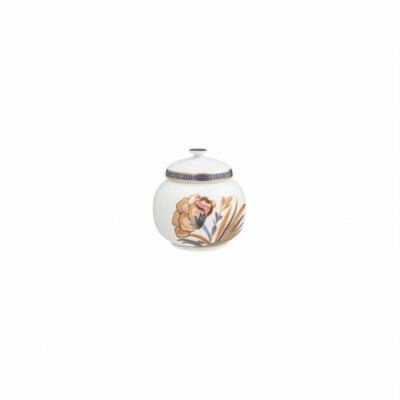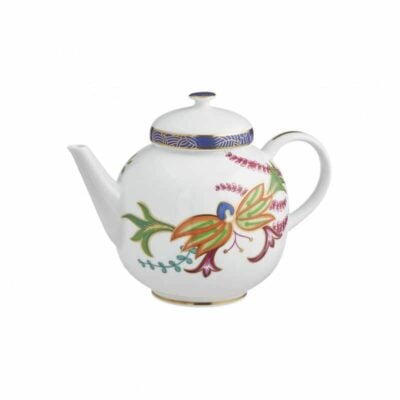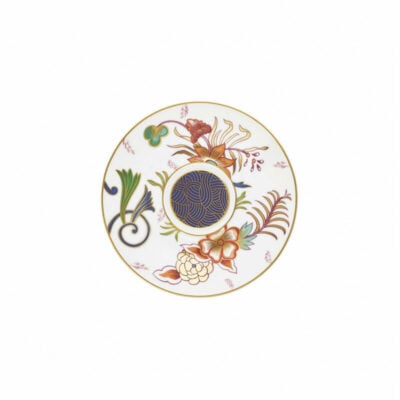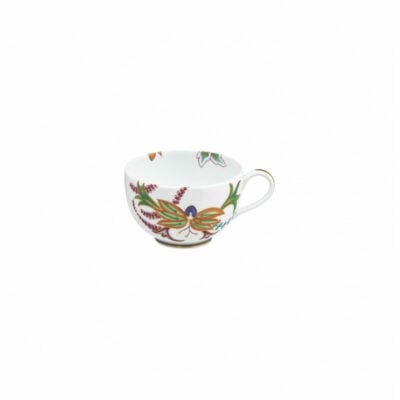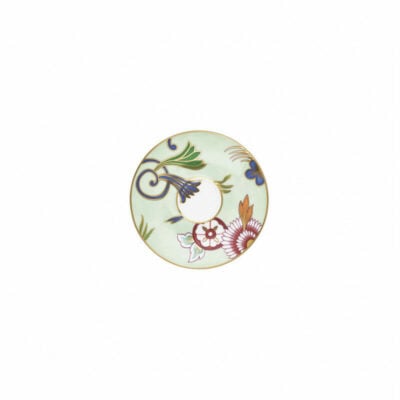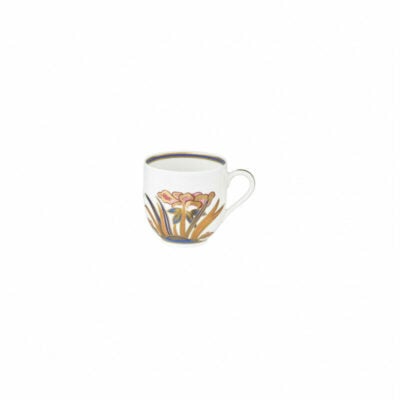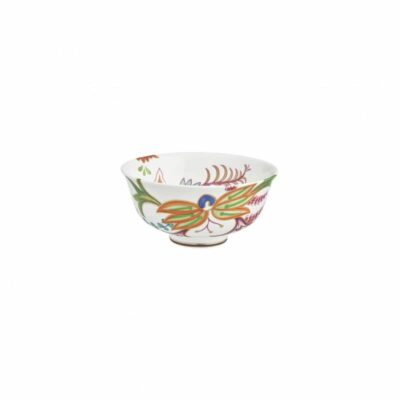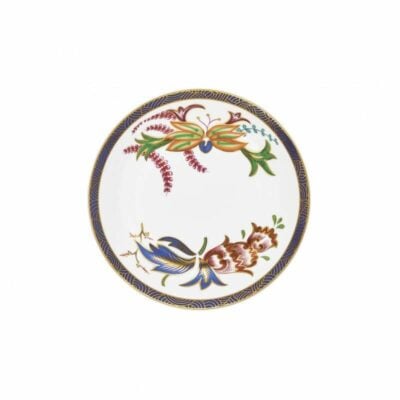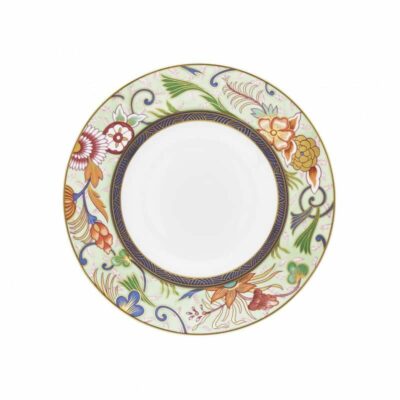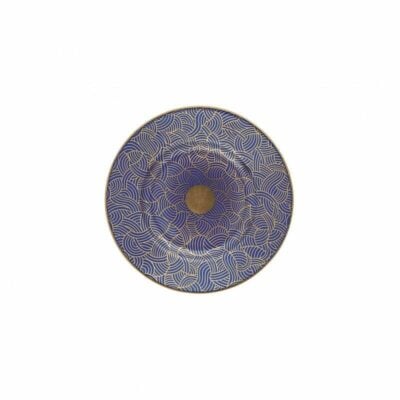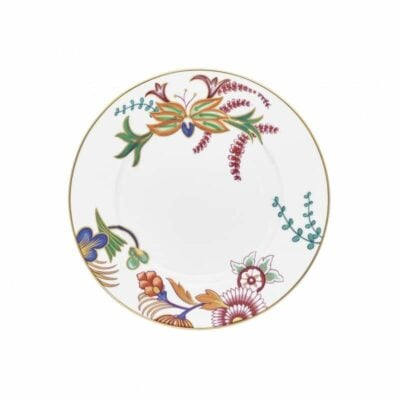Porcelain
Discover Limoges porcelain: Plates, vases, and tableware. Discover the leading brands: Bernardaud, Tharaud, Baccarat, and Villeroy & Boch.
Showing 13–24 of 146 results
-
10.5x6.1x6.1cm
-
16x20.5x20.5cm
-
x15x15cm
-
6x9x9cm
-
x11x11cm
-
6x6x6cm
-
4x14x14cm
-
7.2x16x16cm
-
2x19x19cm
-
x23x23cm
-
x16x16cm
-
x22x22cm
Incomparable, French porcelain, including Limoges porcelain, is an expression of creativity, innovation, expertise, and the tradition of the art of fire. At the very heart of the culture of southwest France, we explore the legends that shaped the value of this world-renowned artistic heritage.
Rooted in the tradition of French tableware, the ceramic plate symbolizes a certain art of living, a craft heritage passed down from generation to generation.
Artists and artisans of the art of fireworks work with the material to create tableware and services of a beauty as rare as it is authentic.
Want to embrace this ancestral know-how? Follow us on our ultimate journey through the greatest porcelain houses of Limoges and the iconic brands that have made it famous.
What is porcelain?
Porcelain is the whitest and finest ceramic available. Also nicknamed “the queen of ceramics” or “white gold,” the history of porcelain dates back to the 18th century.
Chinese porcelain is said to have been the first porcelain to be created.
This famous variety of fine ceramic is the most widely used in tableware, and can be found on the tables of the greatest Michelin-starred chefs, such as the Villa René Lalique in Alsace.
Elegant and translucent, it is produced from kaolin (white clay) fired at a temperature of over 1200°C.
Porcelain dinner plates, porcelain soup plates, porcelain dessert plates, bowls, cups, platters, tea sets, coffee sets, and various types of original collections come to life from this exceptional material.
Limoges, the Porcelain Capital of the World
In France, there is a city renowned as the porcelain capital of the world: Limoges, in Haute-Vienne. It has been producing distinctive types of porcelain with unparalleled luster, texture, and translucency since 1767.
Along with Sèvres and its legendary Sèvres factory, this duo forms the two main porcelain-making cities in France, with several companies operating in the region.
The origins of Limoges porcelain date back to 1765 with the discovery of kaolin deposits in Saint-Yrieix-la-Perche, a location a few kilometers from the city.
This raw material is the essential ingredient used in the manufacture of the illustrious Limoges porcelain. The mixture of kaolin, quartz, and feldspar is what gives these creations their refined and noble appearance.
More than just a tableware service, Limoges porcelain tableware is distinguished by its great finesse and magnificent translucent white color. Famous for being a prestigious piece and always at the forefront of trends, it was exclusively reserved for the royal family for many decades before gradually opening up to the industrial market. Limoges porcelain also owes its international reputation to its countless successes at the World’s Fairs in London, Vienna, and Paris. These events have allowed Limoges porcelain manufacturers to showcase their expertise to the world.
A signature affixed to the lower part of each piece also allows Limoges porcelain to be recognized.

